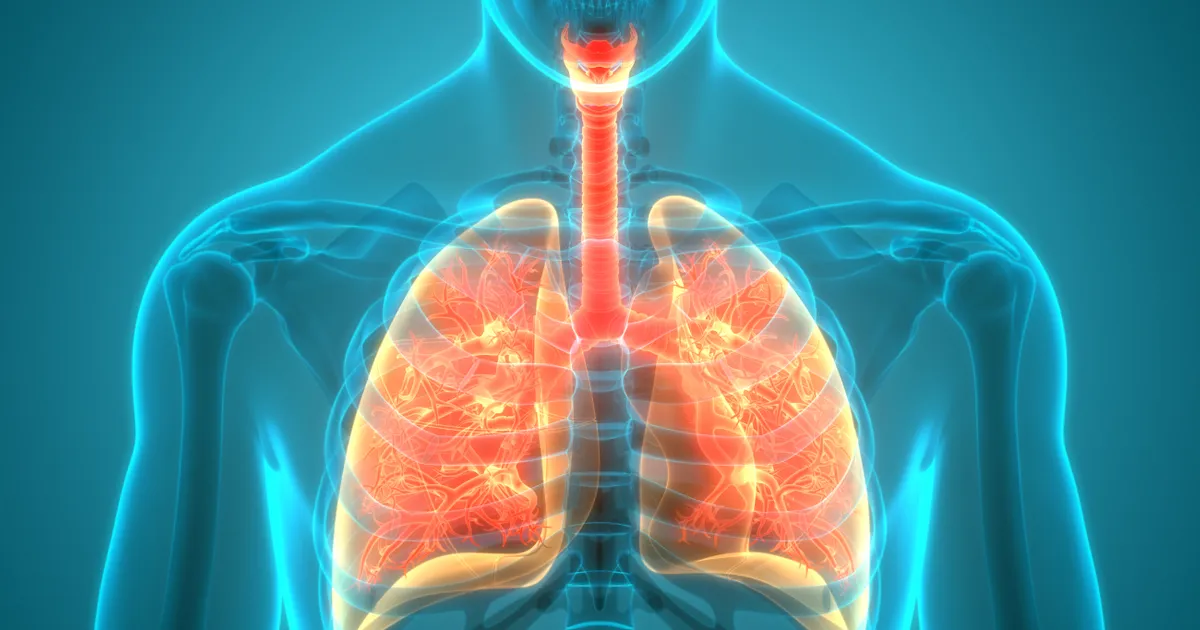Key Takeaways
- Cystic fibrosis arises from gene mutations that cause persistent lung infections, digestive problems, and a range of other symptoms.
- Understanding the risk factors can help in early diagnosis as well as personalized management plans for those who suffer from this disease.
Cystic fibrosis is a life-threatening genetic disease that largely impacts the lungs and other crucial organs, manifesting in chronic respiratory and digestive complications. This ailment, although rooted in genetic mutations, is influenced by a myriad of factors that play critical roles in its onset, progression, and severity. Fortunately, you can learn everything you need to know about the causes and risk factors of cystic fibrosis with a search online right now, which could help you secure timely diagnosis and effective symptom management.
The Genetics of Cystic Fibrosis
Cystic fibrosis arises from mutations in a specific gene, the Cystic Fibrosis Transmembrane conductance Regulator (CFTR). This gene is responsible for the production of a protein that controls the movement of salt and water in and out of cells.
Mutations lead to abnormal protein production or non-production, causing thick, sticky mucus buildup in different body parts. There are over 1,700 known mutations of the CFTR gene.
Inheritance Patterns and Risk Factors
Cystic fibrosis is an autosomal recessive disorder. It means that both parents must be carriers of the defective CFTR gene for their child to develop the condition. A child with only one defective gene will not have cystic fibrosis but will be a carrier. Therefore, genetic predisposition is a significant risk factor.
The autosomal recessive nature of cystic fibrosis makes it tougher to predict and prevent the disease. Even siblings with the same parents have different probabilities of inheriting cystic fibrosis. The role of genetic counseling, therefore, becomes essential for couples who are known carriers of the CFTR mutation.
Ethnicity as a Risk Factor
Research has shown that cystic fibrosis is most common among white people of Northern European descent. However, it can affect all ethnic groups. The prevalence varies, with about 1 in 2,500 to 3,500 white newborns having cystic fibrosis. It’s less common in other ethnic groups.
Symptoms as Early Indicators
While cystic fibrosis is a genetic disease, its manifestation is usually symptomatic. Persistent coughing, frequent lung infections, wheezing or shortness of breath, and fatty stool are common early signs. Notably, salty-tasting skin is another often-observed symptom. Early identification of these symptoms can enable prompt medical intervention.
Other possible symptoms include slow growth in children and adolescent males, poor weight gain despite a good appetite, and clubbing of fingers and toes. A phenomenon called meconium ileus, a bowel obstruction in newborns, may also be the first sign. Delayed puberty and male infertility can also serve as indicators of the disease.
The Role of Environmental Factors
While genetic factors predominantly cause cystic fibrosis, certain environmental elements may influence the severity of the disease. Second-hand smoke, for instance, can exacerbate lung problems in people with cystic fibrosis. Additionally, allergens and airborne bacteria can lead to infections or lung damage. As such, maintaining a clean, smoke-free environment is crucial for individuals with cystic fibrosis.
Some environmental factors can also help mitigate symptoms and improve the quality of life for cystic fibrosis patients. Regular exercise, for example, can improve lung function and overall health. Moreover, adherence to a nutritious diet is crucial, considering the disease’s impact on digestion and nutrient absorption.
Cystic Fibrosis and Age
The disease’s impact changes as patients age. Older patients may experience worsening symptoms, and adults may develop additional complications such as CF-related diabetes. Regular check-ups and treatment modifications are key to managing the disease over time.
Notably, new issues may surface as patients age, including bone disease and joint problems. Mental health issues, such as anxiety and depression, can also arise due to the chronic nature of cystic fibrosis. Hence, healthcare providers must adopt a comprehensive approach to address both the physical and psychological aspects of the disease.
The Interplay of Gender and Cystic Fibrosis
Interestingly, research indicates that gender may influence the course of cystic fibrosis. The “gender gap” in cystic fibrosis refers to the observation that females with the disease generally have poorer health outcomes compared to males. Reasons for this discrepancy are still being studied, but hormonal differences and body composition could play a role.
Some studies suggest that the difference in gender outcomes may also be related to the later onset of puberty in females with cystic fibrosis. Moreover, women may face additional challenges related to fertility and pregnancy. These factors emphasize the importance of a gender-specific approach in managing and treating cystic fibrosis.
Personalized Treatment Plans Are Possible
Cystic fibrosis, while rooted in genetic mutations, has a complex interplay of risk factors influencing its course and severity. These range from genetics, ethnicity, age, and gender to environmental elements.
Understanding these factors can help in early diagnosis. Just as important, these factors can assist medical professionals in the design of personalized management plans. By researching cystic fibrosis online, you can learn more about its symptoms and treatment options. Remember, advancements in medical treatments have already increased life expectancy, and will continue to fight this complicated disease.
 Shutterstock: Magic mine
Shutterstock: Magic mine


